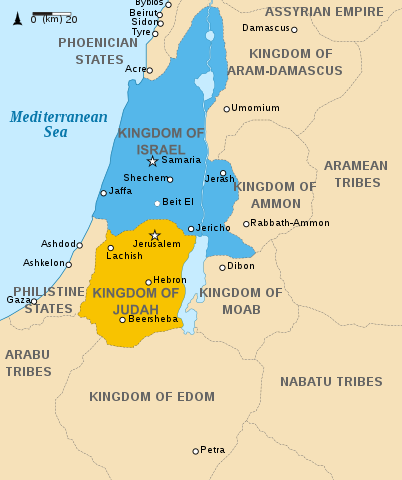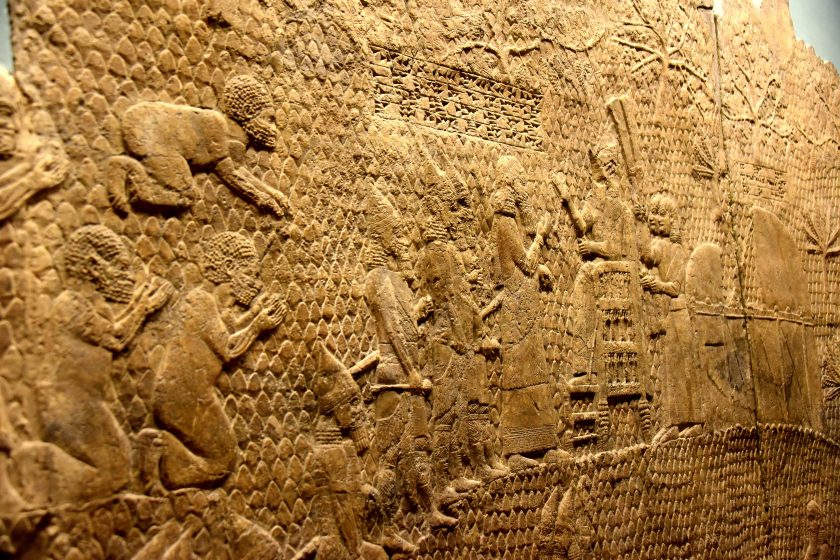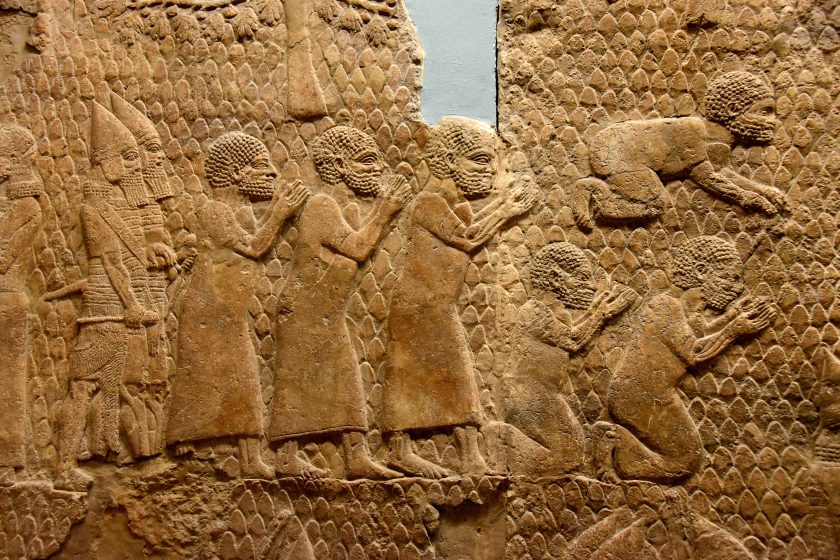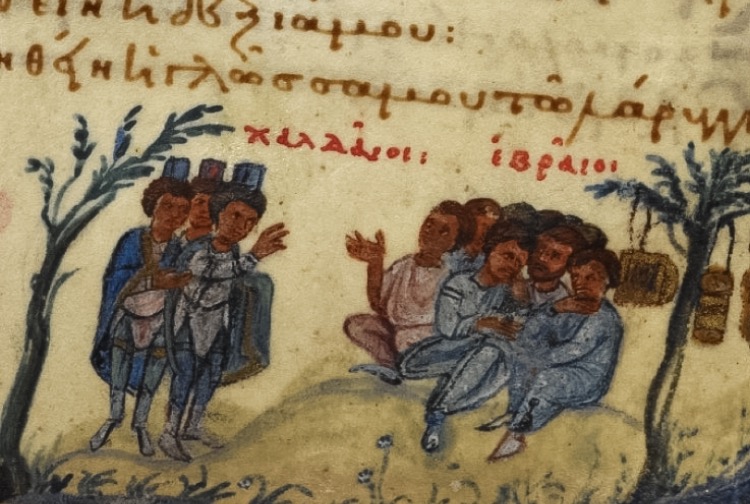THATS WHAT HAPPENS TO MIDDLE-EASTERN HAIR WIT PROLONGED NON-WASHING
YOU SERIOUSLY NEVER HEARD OF A JEW FRO?
NOW LETS LOOK AT THE COLOR BRONZE:
NOW LETS SEE THE HUE OF AFRICANS:
NOW BE HONEST, WHICH OF THESE PEOPLE LOOK CLOSER TO BRONZE TO YOU?
6th century Babylonian Talmud.
“Because you twisted your head around to see my nakedness, your grandchildren’s hair shall be twisted into kinks, and their eyes red; again, because your lips jested at my misfortune, theirs shall swell; and because you neglected my nakedness, they shall go naked, and their male members shall be shamefully elongated. Men of this race are called Negroes.”
~David Goldenberg
The Curse of Ham: A Case of Rabbinic Racism?
Rabbi Shelomoh Yitschaki, Solomon ben Isaac, born at Troles, France, is one of the most prominent Rabbis in history. In 1010 - 1030 he wrote: "Canaan's children shall be born ugly and Black". Men of this race are called Negroes.
Noah, Ham and the Curse of Canaan: Who Did What to Whom in the Tent? - TheTorah.com
https://www.sas.upenn.edu/~dmg2/comsalz3 as publ. with additions.pdf
Let's cut to the chase:
This chapter in the Jewish diaspora, however, never has been really written, for the Hebrews deported from Israel seem to have blended in with Assyrian society and, by the time Nebuchadnezzar II conquers Judah (587 BC), the southern kingdom of the Hebrews, the Israelites deported by Sargon II have disappeared nameless and faceless into the sands of northern Mesopotamia.
The Assyrians
Siege of Lachish Reliefs at the British Museum
Nahum, Nineveh and Those Nasty Assyrians
He cleared the Delta of the Cushytes (Ethiopians) in 667/666 BC and the Cushyte ruler, Taharqa, fled to No-Amon.
Associates for Biblical Research
So shall the king of Assyria lead away the Egyptians prisoners, and the Ethiopians captives, young and old, naked and barefoot, even with their buttocks uncovered, to the shame of Egypt.
Isaiah 20:4
"Conversion to Judaism was common in Rome in the first centuries BC and AD. Judaism gained many followers among all ranks of Roman Society [10-13]."
~Avshalom Zoossmann-Diskin1,2,3 et al.
1 Department of Haematology and Genetic Pathology, School of Medicine, Flinders University, Adelaide, Australia
2 Department of Human Genetics, Sackler Faculty of Medicine, Tel-Aviv University, Israel
3 Current Address: Blood Bank, Sheba Medical Center, Ramat-Gan 52621, Israel
Many assure us that the Jews are descended from those Ethiopians who were driven by fear and hatred to emigrate from their home country when Cepheus was king. There are some who say that a motley collection of landless Assyrians occupied a part of Egypt, and then built cities of their own, inhabiting the lands of the Hebrews and the nearer parts of Syria. Others again find a famous ancestry for the Jews in the Solymi who are mentioned with respect in the epics of Homer: this tribe is supposed to have founded Jerusalem (4) and named it after themselves.
~Cornelius Tacitus (AD 55 - 117), The Histories by Cornelius Tacitus.
From the actual paper:
The haplotypes for the Tomb of the Shroud individuals are commonly distributed throughout the North of Africa and the Middle East through to Eastern Europe.
[…]
A recent hypothesis [45] suggests that leprosy may have first appeared in the region not with Alexander but sometime earlier (circa 400 B.C.E or later), with diseased young slaves conveyed from India to Egypt on cargo ships. More recently a review of the origins and spread of leprosy has identified an East African origin with various routes of migration out of Africa into the Middle East and beyond [46].
~Carney D. Matheson et al.
Molecular Exploration of the First-Century Tomb of the Shroud in Akeldama, Jerusalem
Our statistical tests of alternative Semitic histories support an initial divergence of Akkadian from ancestral Semitic over competing hypotheses (e.g. an African origin of Semitic). We estimate an Early Bronze Age origin for Semitic approximately 5750 years ago in the Levant, and further propose that contemporary Ethiosemitic languages of Africa reflect a single introduction of early Ethiosemitic from southern Arabia approximately 2800 years ago.
[…]
Semitic languages (Akkadian, Aramaic, Ge'ez, ancient Hebrew and Ugaritic) combined with archaeological evidence for the sampling dates of the epigraphic data (the time at which the materials were inscribed).
"These results indicate that the ancestor of all Semitic languages in our dataset was being spoken in the Near East no earlier than approximately 7400 YBP,
after having after having diverged from Afroasiatic in Africa"
(i) Semitic had an Early Bronze Age origin (approx. 5750 YBP) in the Levant, followed by an expansion of Akkadian into Mesopotamia;
(ii) Central and South Semitic diverged earlier than previously thought throughout the Levant during the Early to Middle Bronze Age transition; and
(iii) Ethiosemitic arose as the result of a single, possibly pre-Aksumite, introduction of a lineage from southern Arabia to the Horn of Africa approximately 2800 YBP.
~Andrew Kitchen, Christopher Ehret2, Shiferaw Assefa2 and Connie J. Mulligan
Bayesian phylogenetic analysis of Semitic languages identifies an Early Bronze Age origin of Semitic in the Near East
Proc. R. Soc. B (2009) 276, 2703–2710
doi:10.1098/rspb.2009.0408
“Ziv said that many Jewish-Ethiopian customs go against modern Jewish practice, but perfectly align with customs and rituals described on scrolls found in the Qumran caves and in books dating back to the Second Temple Period. The Qumran Caves are where the Dead Sea Scrolls were found, which include the third oldest Hebrew Bible ever found.”
ynetnews
“The Book of Enoch was known since the eighteenth century when travelers became familiar with it. The book was preserved in Ethiopic (Ge'ez) and the research on the Enochic texts was mostly based on the Ethiopic version of the text until the discovery of the Dead Sea Scrolls. Texts that relate to Enoch are vast within the Qumran collection.”
The Aramaic Astronomical Book (4Q208-4Q211) from Qumran: Text, Translation, and Commentary
ETHIOPIAN BIBLE IS OLDEST AND MOST COMPLETE ON EARTH
Ethiopian Bible is oldest and most complete on earth
Dr Pawel Wolf gave the MBI Al Jaber Public Lecture at the British Museum this year as part of the annual Seminar for Arabia Studies. The lecture was entitled 'Colonisation or Culture Transfer? The Almaqah temple of Wuqro (Tigray) sheds new light on Ethio-Sabaean culture contacts in the Northern Horn of Africa' and gave an insight into the fascinating work of the German Archaeological Institute (DAI) over the past few seasons.
Addi Akaweh, 2000 m above sea level, is in a region of Tigray which has not yet been explored for archaeological material. In the north of the Abyssinian highlands, the region is about 50 km north of the provincial capital of Mekelle, and seems to have been of importance due to its proximity to the ancient trade routes southeast of the main ancient centres of Axum and Yeha.
The temple of the Sabaean God Almaqah is one of the main archaeological discoveries of the area, though there are signs of an ancient settlement nearby and some building believed to have a sacred use at nearby Ziban Adi. They belong to a settlement area of the 1st millennium BC, a period of crucial social development in the Abyssinian highlands.
Since the Neolithic period, the Abyssinian highlands were part of a far-flung network of exchange relationships between North Africa and the Arabian Peninsula, and both African and South Arabian cultural components can be seen in its development. South Arabian inscriptions, temples and sculptures from the early 1st millennium BC, have been found at Yeha and Hawlti.
Various models of social development have been applied to explain the strong South Arabian presence such as colonization or economic and cultural relations. More research and work needs to be carried out before the contacts can be properly understood.
The primary objective of the work of the DAI in Addi Akaweh is to comprehensively record and explore the archaeological material to shed light on the local cultural transformation in the context of regional contacts. Intercultural contacts and external relations with neighbouring cultural areas such as South Arabia, the Nile Valley and the south are still unexplored, and need to be investigated cross-regionally.
The Almaqah temple offers the ideal opportunity for the study of specific religious cultural components. The reconstruction of spatial concepts, ritual procedures and votive practices sheds light on the sacral-political space of the regional elite. The temple was built in the 8th to 6th centuries BC on the ruins of an earlier building and continued in use with several modifications to probably the 3rd century BC. It resembles the early South Arabian religious buildings in form and is built from local stone. Some of its most important features are a betyl made from naturally rounded boulders and perfectly preserved and libation altar donated by a hitherto unknown king named W'RN. His dedicatory inscription proves the ancient name of Yeha for the first time and demonstrates its importance as a national religious and political centre. It also shows that elements of royal elite cultural and ideological traditions of South Arabia and the African region are used together. C14 dating confirmed the Ethiopian Sabaean inscriptions to date to the 7th century BC.
~Carolyn PerryJuly 26, 2012
The Sabaean Temple of Almaqah in Addi Akaweh (Tigray), Ethiopia
Chaldean soldiers are depicted with Hebrew captives in the 11th Century Bristol Psalter
University of Cambridge
Chaldean Soldiers with Hebrew Captives | Faculty of Asian and Middle Eastern Studies













